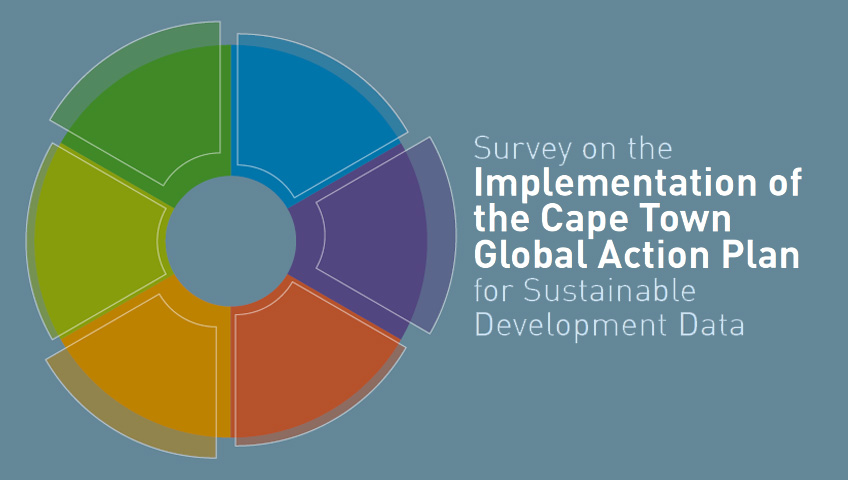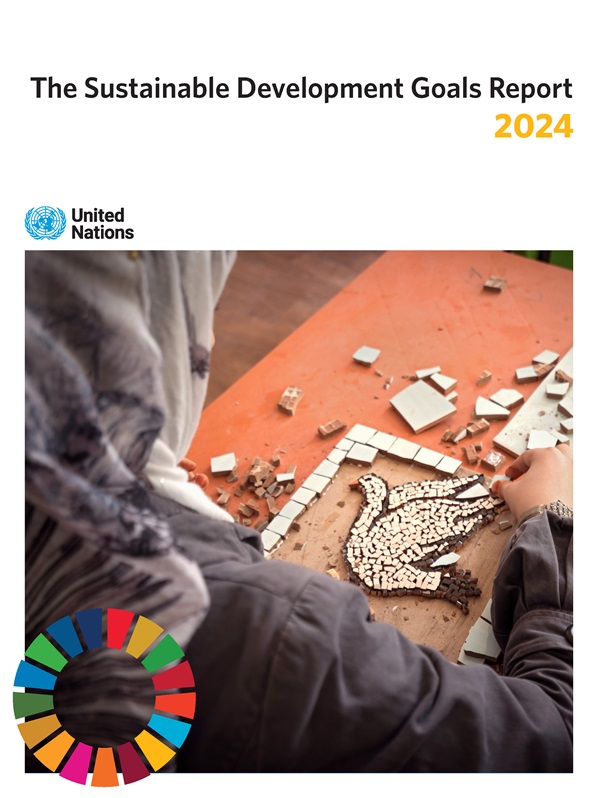IAEG-SDGs
Tier Classification for Global SDG Indicators
To facilitate the implementation of the global indicator framework, all indicators are classified by the Inter-agency and Expert Group on SDG Indicators (IAEG-SDGs) into two tiers based on the availability of data at the global level, as follows:
Tier Classification Criteria/Definitions:
Tier 1: Indicator is conceptually clear, has an internationally established methodology and standards are available, and data are regularly produced by countries for at least 50 per cent of countries and of the population in every region where the indicator is relevant.
Tier 2: Indicator is conceptually clear, has an internationally established methodology and standards are available, but data are not regularly produced by countries.
As of the 51st session of the United Nations Statistical Commission (UNSC), the global indicator framework does not contain any Tier III indicators.
All indicators are equally important, and the establishment of the tier system is intended solely to assist in the development of global implementation strategies. For tier I and II indicators, the availability of data at the national level may not necessarily align with the global tier classification and countries can create their own tier classification for implementation.
Please note that Tier I and II indicators' metadata are available in the metadata repository.
As of 10 April 2025: The updated tier classification contains 161 Tier I indicators, 60 Tier II indicators, 8 indicators that have multiple tiers (different components of the indicator are classified into different tiers) and 5 indicators still pending data availability reviews.
Below, please find the updated tier classification table as of 10 April 2025 for the Global SDG indicators as developed by the IAEG-SDGs. The document contains all past updates since 2016 as well as changes based on the decisions by the IAEG-SDGs at its 15th meeting held in October 2024 and adopted by the 56th session of the UNSC in March 2025, which includes the proposed changes as included in the 2025 Comprehensive Review.
For any future requests to add or change an agency as a co-custodian, once all parties have reached final agreement, please send the confirmation to the Secretariat with copy to all possible custodian agencies.
QUICK LINKS
- 2030 Agenda for Sustainable Development
- SDGs Database
- 2025 Comprehensive Review Process
- Survey on the Implementation of the Cape Town Global Action Plan for Sustainable Development
Data

- SG's progress report 2024
- Statistical Annex 2024
- SDGs report 2024

- Gender Snapshot 2024
- UN Data Commons for the SDGs
-

- Medellin Framework for action on data for sustainable development
- Hangzhou Declaration
- Bern Data Compact
- Cape Town Global Action Plan for Sustainable Development Data
- Dubai Declaration
- Global data community's response to Covid-19
- Statistical Commission